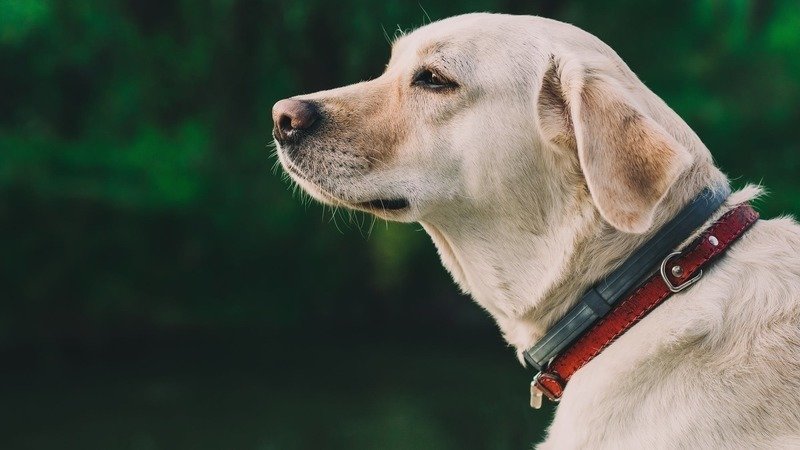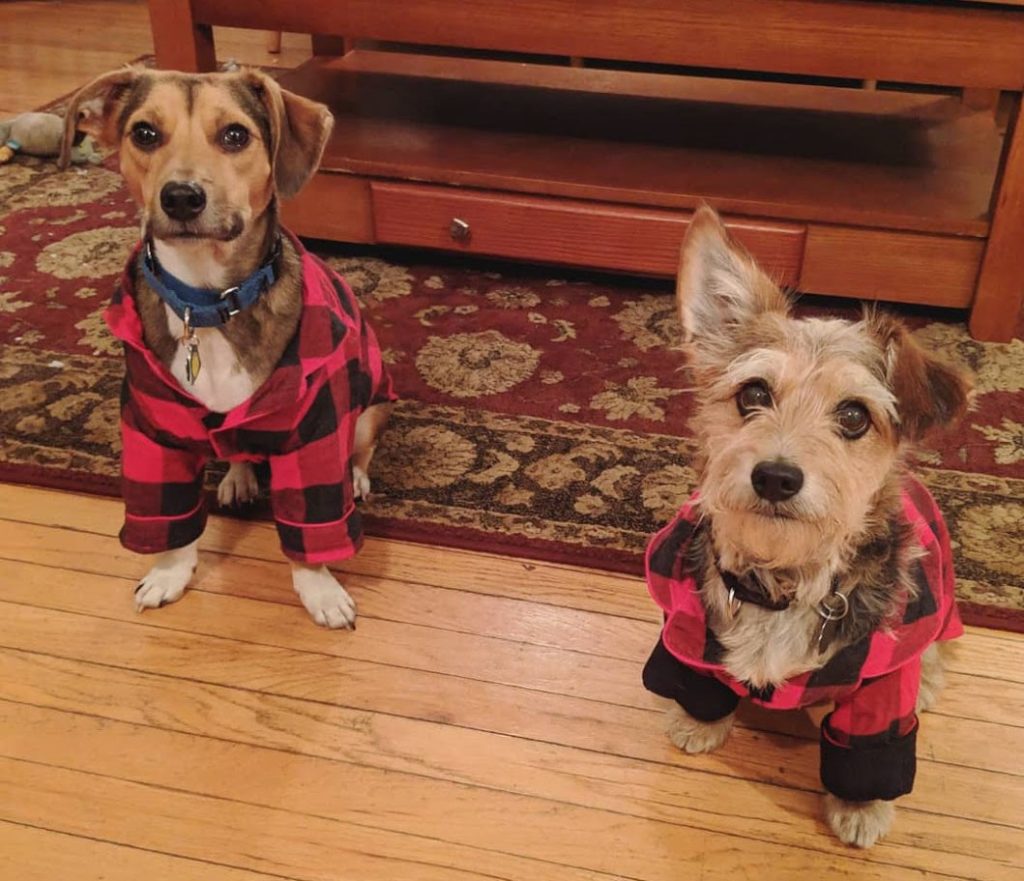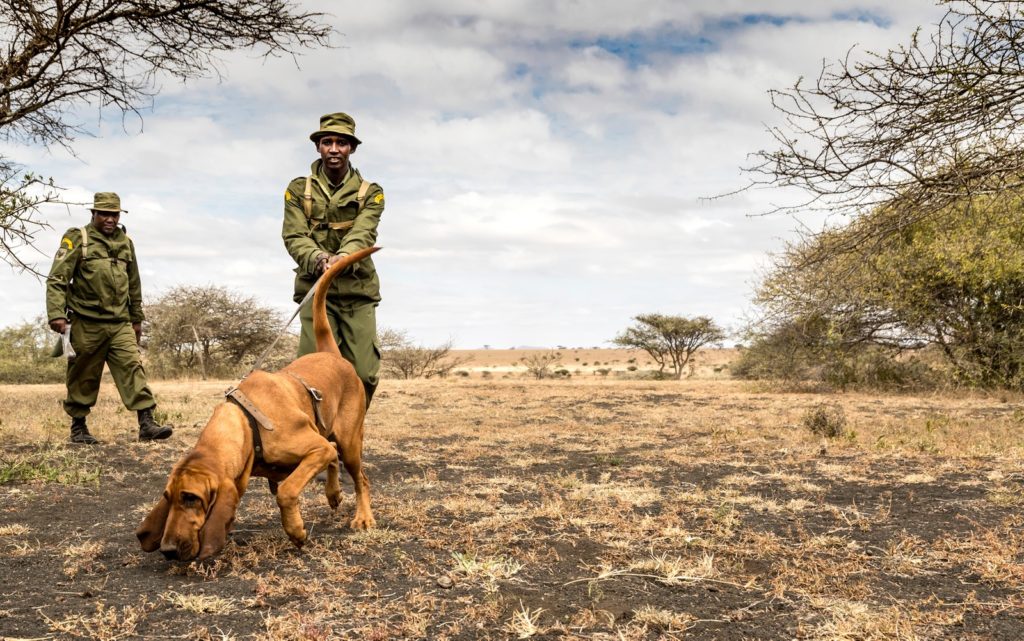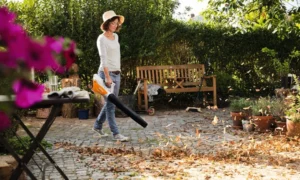So you took your time thinking if you’re ready for a dog and you’re sure you can afford it both financially and emotionally — that’s wonderful! Dog’s bed, kennel cage, toys, and stock of pet food are all bought and just waiting for the dog itself to move in finally.
However, in the craze of choosing the dog and buying various supplies for it, we tend to neglect one incredibly important aspect. That is training.
You might think What’s so difficult about that? You say Sit, Lay down, Place, and the dog does what you tell him! Easy peasy!
Oh, we wish that was true. Unfortunately, commands for dogs are not magic spells and they need to learn the commands actually. Sometimes it clicks immediately while other times it’s a longer, more complex process. With Pet Place, we’re explaining how to start the training and why it’s so important!
Why Every Dog Needs Training

image source: change.org
Schooling a dog is not only necessary just for you to live in peace and order with the animal. They need proper and consistent training in order to build and understand the meaning of the relationship it has with you and of what’s going on around.
Training together with your dog also builds a strong bond between you two. A bond of absolute trust and the sense of safety around you. Trust is the ultimate key for your dog to function appropriately both in human society and around other animals.
Developing a sense of obedience in your dog can also prevent the pet from accidents such as poisoning from inedible plants or objects, getting hit by a car or a bike, getting into a fight with another animal, attacking strangers, and helps fighting separation anxiety!
How to Start?
The answer is snacks. Yes, snacks. You read it right.
You even can say that all love and trust are basically built on snacks. Food really is the most influential aspect of successful training.
YouTube videos showing excited, impatiently tippy-tapping dogs when they see a salami sandwich couldn’t be truer. Now, the relationship of a dog and food — that’s the purest and strongest love in the whole world.
Combine the power of your dog’s favorite snack with appropriate voice modulations. This way, when you’ll repeat the actions without treats, and later on your daily walks, it will be able to associate your voice tone with something rewarding. Something tasty! Of course, as time flies, the commands and tasty associations will eventually become a part of your dog’s subconsciousness.
What’s a Good Training?

Image source: medium.com
Efficient training is when you’re determined, assertive, and when your methods are consistent. The dog can’t sense your insecurity or hesitation if you want to train him successfully.
Consistency is necessary to make your dog feel safe and focused. Mixed signals can result in a dog’s anxiety and deep confusion which makes it impossible not only to teach your dog commands and appropriate behavior but also to create the bond of trust between you and your pet.
Another mistake you have to avoid is in consequence. If you don’t allow your dog to keep its paws on the table you have to stick to this decision no matter what. One exception now and then just for a good laugh at a dinner with friends and your pet will turn into an irritating mess! It will keep trying doing the forbidden things until you eventually won’t mind it again. Also, inconsequence takes your authority away. Don’t let that happen!
Remember that if there are more people in your household and when your friends come for a visit, they all have to follow your rules! It’s also a part of consistent training.
Is It Possible to Train a Senior Dog?
It’s very often that we hear people are deciding on adopting or buying puppies because they want to raise them in their own way. They want to shape their dog’s character and habits from scratch because they assume that the mind of older dogs is as stiff as their joints. In fact, it’s nothing more but a very common and harmful myth. And what is worse, this myth is even perpetuated by a popular saying You can’t teach old dogs new tricks.
The truth is, senior dogs are just as receptive to training as young ones! They’re just going to need an extra dose of patience and a little more careful treatment. What senior dog training should look like?
Training sessions for seniors should be shorter. With puppies, you can train up to 15 minutes. While with seniors, you should keep a session up to 5 minutes maximally. Older dogs can’t focus just as long especially because of their physical condition.
Train in extra safe surroundings — avoid slippery surfaces. Senior dogs’ joints are stiff and often painful, and their bones are much more fragile. That increases the risk of accidents and painful injuries which can result in further health complications.
Don’t try to teach your senior dog advanced, unnecessary tricks to impress your friends. The point of training your senior is mostly changing its inappropriate behaviors.
What if You Can Feel That You Won’t Make It?

Image source: malinipittet.com
Training is especially difficult for first-time dog owners. It’s very easy to get discouraged in the early stages of schooling when you barely can see any progress and your dog is the same unbearably crazy creature it used to be a week before.
It’s crucial not to give up no matter how difficult it seems to be!
If you’re starting to feel tired and hopeless, look for specialized canine trainers and behaviorists in your area. You can either drive your fur child to a dog school each weekend and train with it every day at home and on the walks or you can use private sessions with a behaviorist. For more details, check delawarek9academy.com.
Keep in mind that dogs are, in fact, complicated creatures. Every one of them is different and has a different character. That’s why training various dogs can take different time and effort! For dog training tips check anythinggermanshepherd.com.
We can’t say that having a dog is a picnic. Living with one has its ups and downs, and so has the training. Sometimes you fail a couple of times before your dog understands that eating trash is not such a great idea, sometimes you find your shoes all chewed up. But most of the time, you’re just happy to have such an amazing friend and you can’t imagine your life without its morning barking.
Stay brave, Dear Dog Owner. You’ll make it!
Oh, and don’t forget the snacks!























